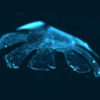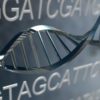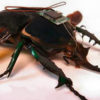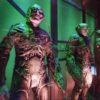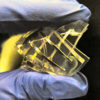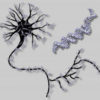Computer simulations have allowed scientists to identify the curiously named “burgeroid” raindrop as being responsible for a rare optical phenomenon known as the twinned rainbow. Unlike the more common double-rainbow, which consists of two separate and concentric rainbow arcs, the elusive twinned rainbow appears as two rainbows arcs that split from a single base rainbow. […]


